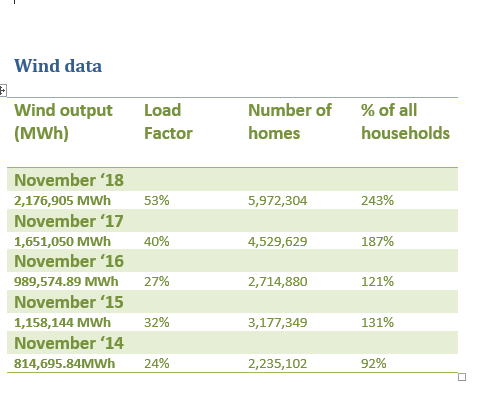With government legislating for net-zero by 2050, what does this mean for UK energy markets and business models?
Getting to net-zero will require economy-wide changes that extend well beyond the energy system, leading to rapid and unprecedented change in all aspects of society.
Research published today by the UK Energy Research Centre shines a light on the level of disruption that could be required by some sectors to meet net-zero targets.
With many businesses making strong commitments to a net-zero carbon future, the report highlights the stark future facing specific sectors. Some will need to make fundamental change to their business models and operating practices, whilst others could be required to phase out core assets. Government may need to play a role in purposefully disrupting specific sectors to ensure the move away from high carbon business models, facilitating the transition a zero-carbon economy.
Sector specific impacts
The in-depth analysis presented in ‘Disrupting the UK energy systems: causes, impacts and policy implications’ focuses on four key areas of the economy, highlighting how they may need to change to remain competitive and meet future carbon targets.
Heat: All approaches for heat decarbonisation are potentially disruptive, with policymakers favouring those that are less disruptive to consumers. Since it is unlikely that rapid deployment of low carbon heating will be driven by consumers or the energy industry, significant policy and governance interventions will be needed to drive the sustainable heat transformation.
Transport: Following the ‘Road to Zero’ pathway for road transport is unlikely to be disruptive, but it is not enough to meet our climate change targets. The stricter targets for phasing out conventional vehicles that will be required will lead to some disruption. Vehicle manufacturers, the maintenance and repair sector and the Treasury may all feel the strain.
Electricity: Strategies of the Big 6 energy companies have changed considerably in recent years, with varying degrees of disruption to their traditional business model. It remains to be seen whether they will be able to continue to adapt to rapid change – or be overtaken by new entrants.
Construction: To deliver low-carbon building performance will require disruptive changes to the way the construction sector operates. With new-build accounting for less than 1% of the total stock, major reductions in energy demand will need to come through retrofit of existing buildings.
The report identifies how policy makers plan for disruptions to existing systems. With the right tools and with a flexible and adaptive approach to policy implementation, decision makers can better respond to unexpected consequences and ensure delivery of key policy objectives.
Prof Jim Watson, UKERC Director and Professor of Energy Policy, UCL said “The move to legislate for net-zero is welcome progress, but we need economy-wide action to make this a reality.
This includes policies that deliberately disrupt established markets and business models in some sectors – and address any negative impacts.”
Prof Jillian Anable, UKERC Co-Director and Professor of Transport and Energy, University of Leeds added “The UK transport sector is nearly 100% fuelled by fossil fuels, with only tiny niches of electrified and bio-fuelled vehicles.
Whilst politically challenging, the sector can only hope to reach ‘net-zero’ through whole-scale change that involves reducing hyper-mobility and fuel switching. This will lead to disruption to actors, global networks, governance and lifestyles.”



